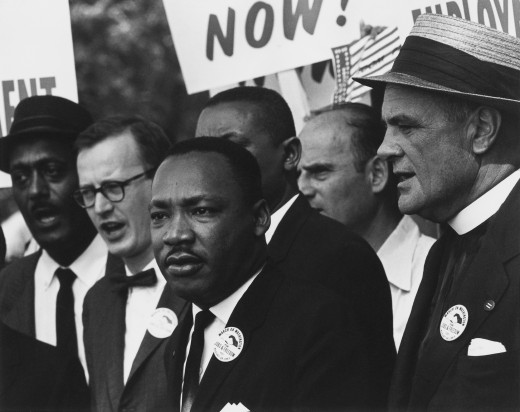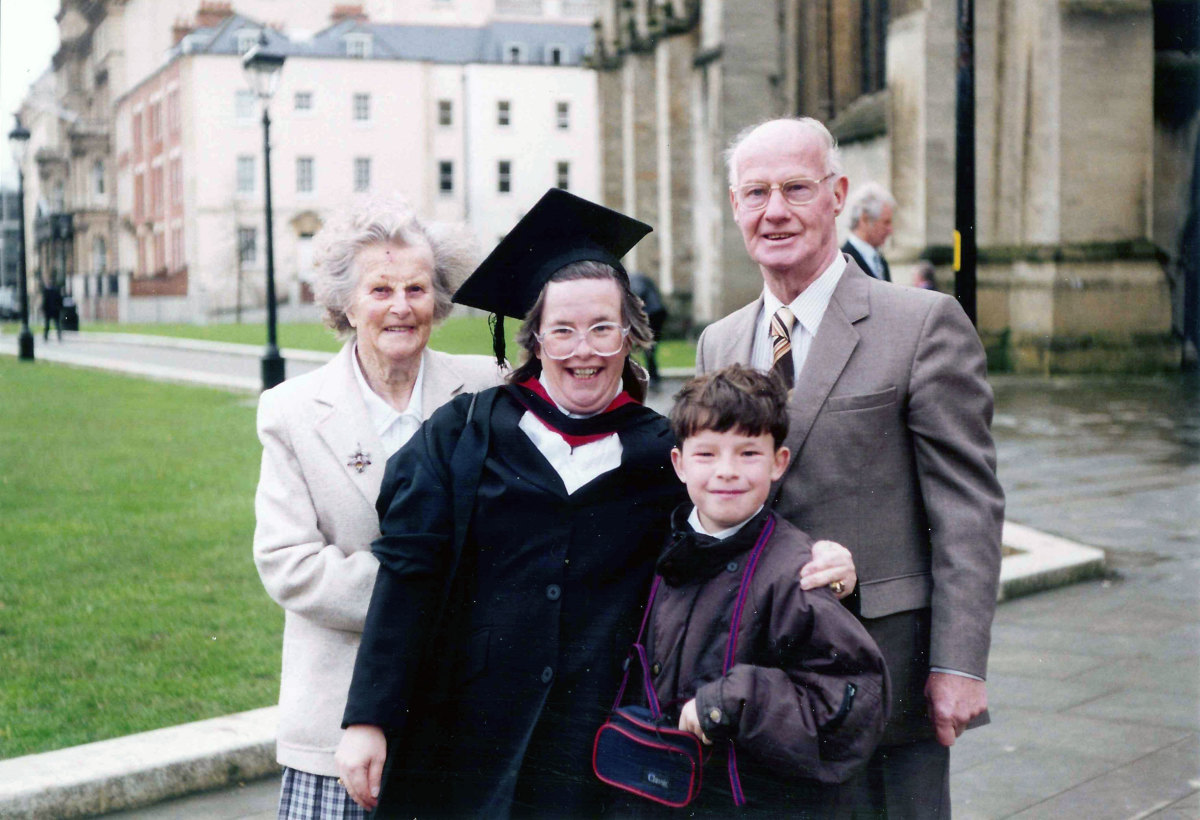Perpetuating Jim Crow Policies Through Silence

In The New Jim Crow: Mass Incarceration in the Age of Color Blindness, Michelle Alexander demonstrates how the policies of the United States’ prison system today resemble the racist policies of the Jim Crow Era of the nineteenth and twentieth century American South. Throughout her examination, Alexander argues that many of problematic restrictions enforced upon Black Americans during the Jim Crow Era, such as extremely low and unequal pay, poll taxes, segregation, and public stigmatization, have been transferred from the Black community to today’s current and former inmates. One such policy implemented during the Jim Crow Era that Alexander identifies as particularly problematic is voting eligibility among incarcerated or formerly incarcerated people. Just as many Black Americans in the southern United States were barred from voting under Jim Crow laws prior to the Civil Rights Movement, Americans with prison experience are also commonly barred from voting. The justice system, in this sense, allows for the perpetuation of Jim Crow-esque voting restrictions, with the only difference being the targeted group. The difference between the cases of the Black American and the modern prisoner that Alexander illustrates is that while Jim Crow Era policies against America’s minorities no longer exist in the same capacity as they once did, these policies are still perpetuated upon America’s prisoners, who act as another marginalized group with limited ability to garner sympathy from the American public, caused by their inability to voice their perspectives.
Civil engagement is often credited as a core aspect to any successful democracy. It is, therefore, not surprising that the inability to civilly engage through means of voting can be potentially devastating for anyone, but specifically for American prisoners. This is because prisoners, more so than many other collections of people, face ostracism and stigmatization upon reentering society. Alexander illustrates that finding work, for example, is extremely challenging upon being released from prison because employers are severely reluctant to hire former criminals. Many employers utilize “the box”, a checkbox by which former inmates are legally required to admit to prison experience, and thus drastically limit their consideration for hiring. Alexander presents this as a social issue, but unlike many other of America’s social issues, “the box” is not likely to be resolved through legislation. This is because the typical American former prisoner, the primary victim of this injustice, has no political voice. Similarly, those with the most proximate experience with the harsh realities of prison life would be expected to be the first to argue for prison reform, yet the battle of prison reform is fought by sympathetic outsiders who, in a sense, lack credibility. It seems, therefore, not surprising that the United States prison system has many issues; those who have witnessed these issues are silenced, allowing them to persist. Americans with prison experience are continually being removed from and ignored by society, and thus they lack the means necessary to voice their opinions about the harshness of prison life.
Ignoring the opinions and perspectives of Americans with prison experience is likewise a prominent motif throughout Vengeance by Zachary Lazar. Through his novel, Lazar points to how Alexander’s claim regarding the voting rights of prison demonstrates a larger problem of the silencing of suspects, prisoners, and former inmates. The silencing of these people, Lazar claims with his book, is a root cause for many of the problems of America’s justice system. Lazar uses Kendrick to demonstrate that people who appear guilty, or fit the profile of a criminal, are often silenced by the court system into submission of a guilty verdict despite inconclusive evidence. A person with a certain appearance, or someone who “looks guilty”, is too often convicted without adequate evidence (Lazar 2).
Lazar’s point regarding the silencing of people who appear as though they could be guilty of a crime is most clearly demonstrated through Vengeance’s interrogation scene. This scene, described twice, is told from two different perspectives: that of the narrator, and that of Kendrick. Through these interrogation scenes, Lazar most clearly demonstrates how America’s criminal justice system is actively trying to limit the voice of its suspects. Lazar demonstrates this through Lagarde’s attempts to dominate his conversation with Kendrick, limiting Kendrick’s ability to respond to Lagarde’s questioning with Kendrick’s own personal details, and dehumanizing Kendrick. This can be seen through a transition that occurs during the interview, in which Lagarde begins the interview with open ended questions, yet concludes the interview with several closed questions. Lagarde first asks “what caused you to do that?” in regard to why Kendrick wanted to be interviewed, which prompts Kendrick to give a sophisticated answer (Lazar 47). As the interview continues, however, Lagarde begins to only as closed questions, such as “Is there any truth to that?” (Lazar 55). This demonstrates that during the interview, Lagarde realizes that Kendrick matches the profile of a criminal, and thus Lagarde feels obligated to strictly control the conversation by not allowing Kendrick to elaborate on what he says.
Throughout the interrogation scene, Lagarde works under the assumption that Kendrick is guilty because he matches a certain aforementioned appearance. Because of this, Lagarde limits Kendrick’s ability to convey his perspective, so as to prevent him from formulating an adequate defense. Lazar demonstrates this point most clearly through the symbolism of the recording microphone within the interrogation room, which is “affixed to the wall almost at the level of the table, much lower than you would expect” (Lazar 62). Positioned such that the microphone can more easily pick up the “almost inaudibl[e]” sounds made by a suspect with their heads hanging low in shame, the microphone symbolizes the presumption of guilt held by Lagarde (Lazar 62). Lagarde positions the microphone with the assumption that Kendrick will admit to murder, which in turn predisposes the direction of the conversation toward one of an admittance of guilt rather than an interrogation to gather evidence. This positioning presumes that a confession is going to be given, and more generally, that Kendrick is guilty. Lazar also uses the microphone to show that Lagarde has already determined his own verdict for the case and is willing to frame the conversion such that Kendrick is viewed as guilty, which he skillfully does.
Lagarde attempts to demonstrate to the jury that Kendrick is worthy and deserving of prison through framing the conversation to present Kendrick as suspicious. Lagarde does this through no allowing Kendrick an opportunity to establish his perspective, thus making it easier for the jury to convict him. Lazar shows this through Lagarde’s domination over the conversation. He asks all the questions, many of which require a simple yes-no answer, thus preventing Kendrick from elaborating on the details that he provides. Lagarde also repeats some of his questions several times. Lagarde, upon Kendrick giving a response to one of his questions, would often repeat Kendrick’s response, inferring that Kendrick should reconfirm his answer. This suggests that Lagarde is highly suspicious of the answers that Kendrick is providing, and that Lagarde believes that Kendrick is not being completely truthful but is rather omitting important aspects of his answer. The jury, who listens to this conversation, could surely sense Lagarde’s suspicion, and in turn, grow suspicious of Kendrick. Lagarde’s domination of the interrogation scene prevents Kendrick’s perspective from being heard by the jury, who become highly suspicious of Kendrick despite no decisive evidence being presented against him. The absence of Kendrick’s perspective makes his defense immediately more difficult, as he now bears the onus of proving his innocence to a jury already immersed in bias due to Lagarde’s imposition of suspicion.
This presumption of Lagarde regarding the guilt of Kendrick based upon his appearance, however, is contrary to the opinion of the narrator. The narrator, while referring to Kendrick upon hearing the tapes of the interrogation, “believed he had nothing to do with the murder at all” (Lazar 61). Lazar contrasts the narrator, not particularly well-acquainted with the minutiae of the American legal system, with Lagarde, who is presumably well-versed in criminal justice. As such, it could be assumed that Lagarde is aware of his onus to demonstrate the guilt of Kendrick, but upon realizing that the evidence against Kendrick is inconclusive, Lagarde chooses to conform the jury’s view of Kendrick with that of a stereotypical criminal.
Lazar returns to the investigation scene again in chapter six, told from the perspective of Kendrick. Lazar revisits this scene as to make it clear to the reader that Kendrick, contrary to his portrayal in the previous interrogation scene, has his own opinions about his situation. It is in this chapter that Lazar becomes specifically intentional about demonstrating Kendrick’s anxiety about the situation that he is in, pointing to his humanity. Kendrick’s perspective tells about how aware he is what is happening to him, despite trying to “resist the current of sleepiness” (Lazar 80). Contrary to the previous scene, Lazar gives Kendrick a voice as to garner sympathy.
Lazar’s intention to allow Kendrick to be a victim of silencing by the criminal justice system, while allowing Kendrick to be heard by the reader, points to one of Alexander’s main points - suspects, prisoners, and former inmates are marginalized to the extent of being ignored and silenced. The modern American sees those associated with prison life as inhuman and undeserving of an opinion. Lazar and Alexander both clearly demonstrate that America’s prison system is flawed, yet those with the insider credibility to speak against the injustices that they experience are not being heard. The American public needs to instead be more mindful of how our country actively tries to limit the voices of one of our most stigmatized groups, and how this allows for the perpetuation of Jim Crow policies.
© 2019 PseudonymousBoch








